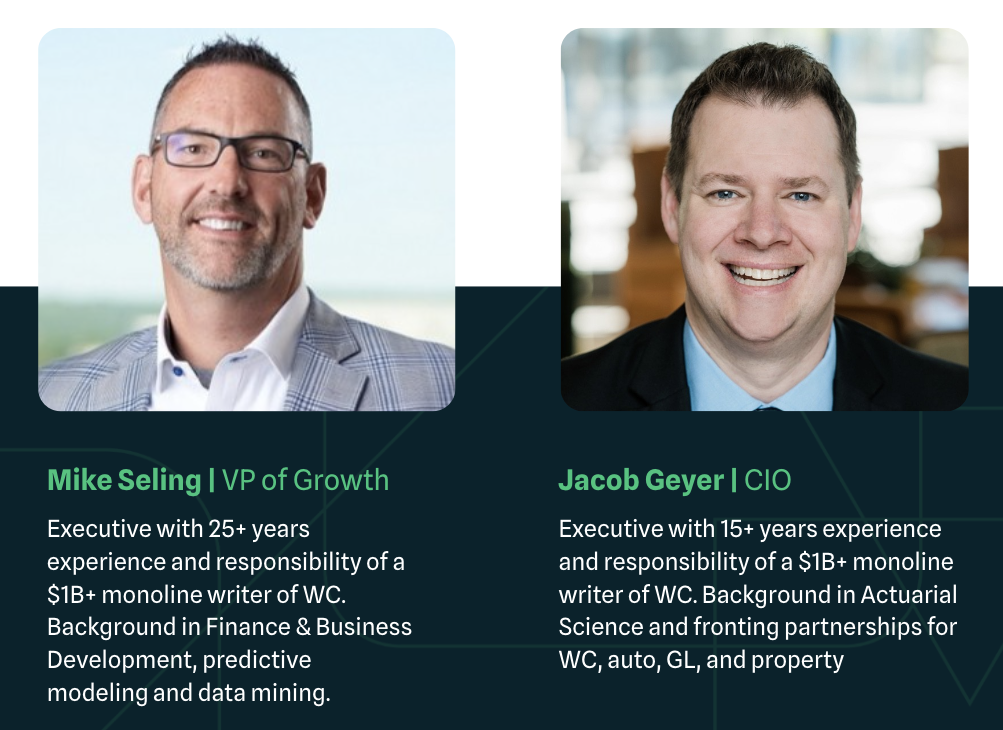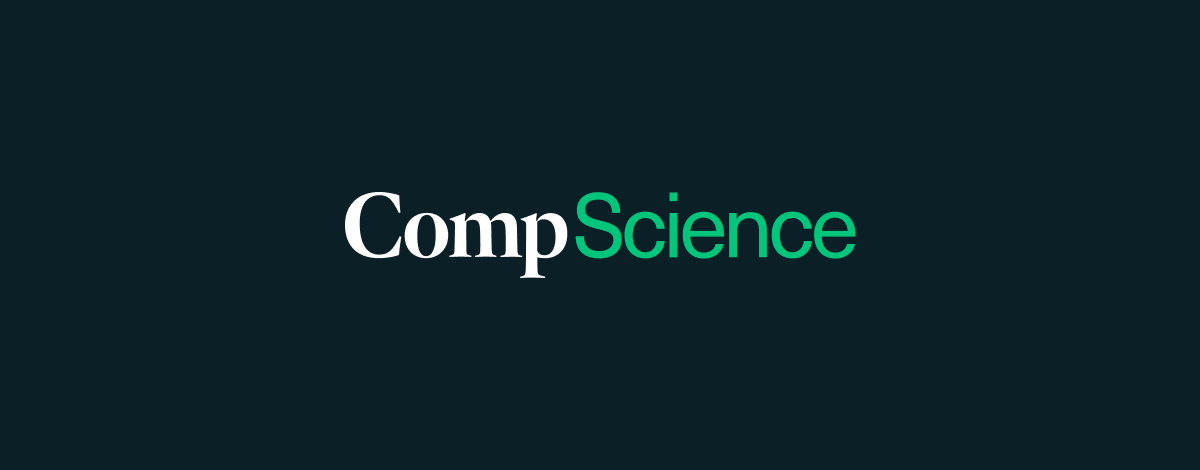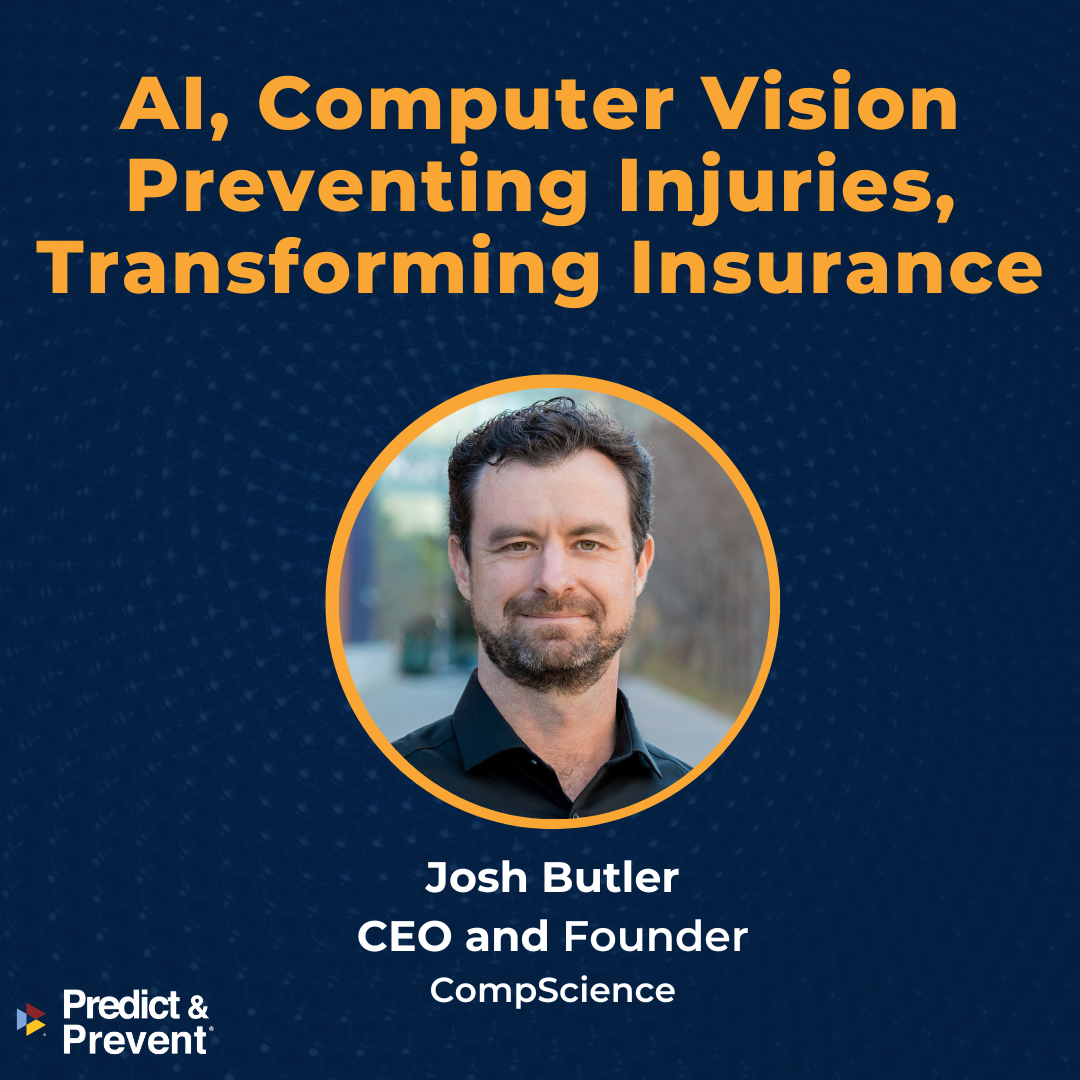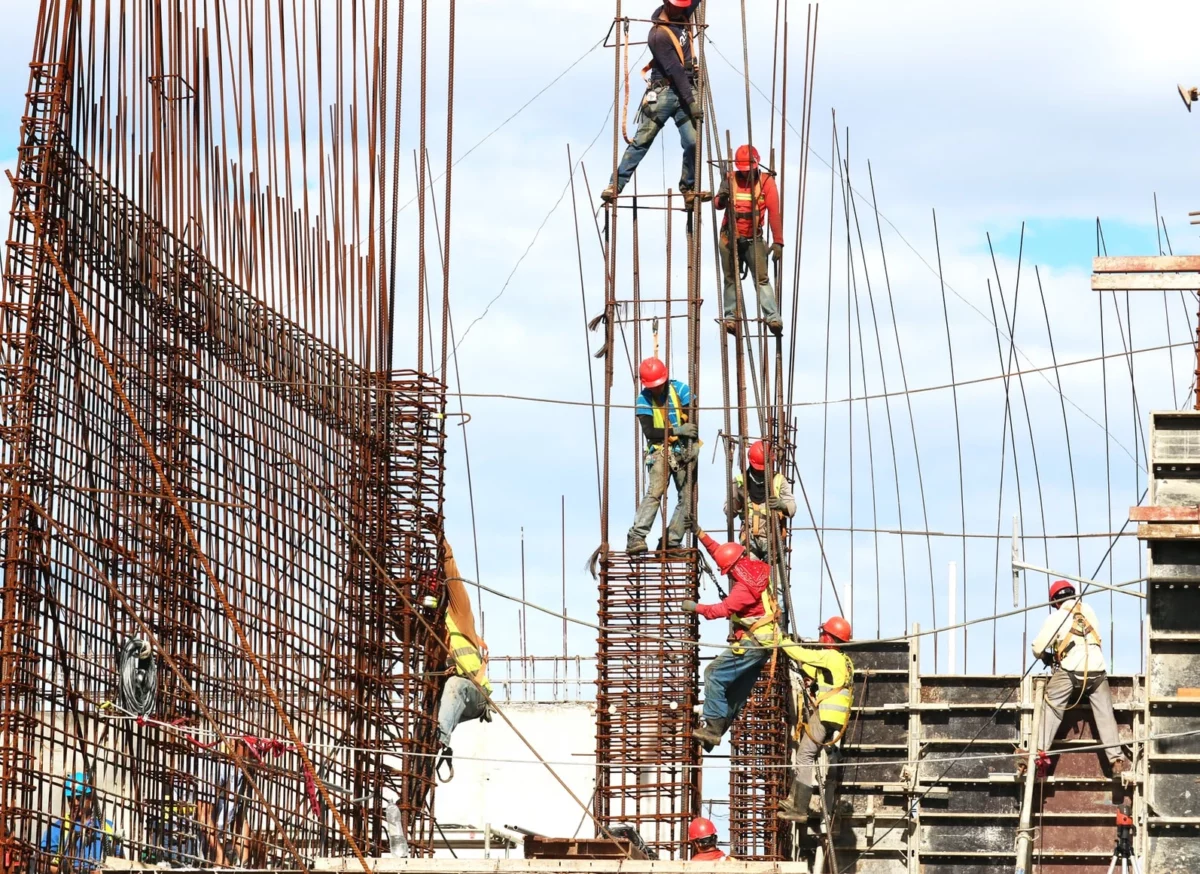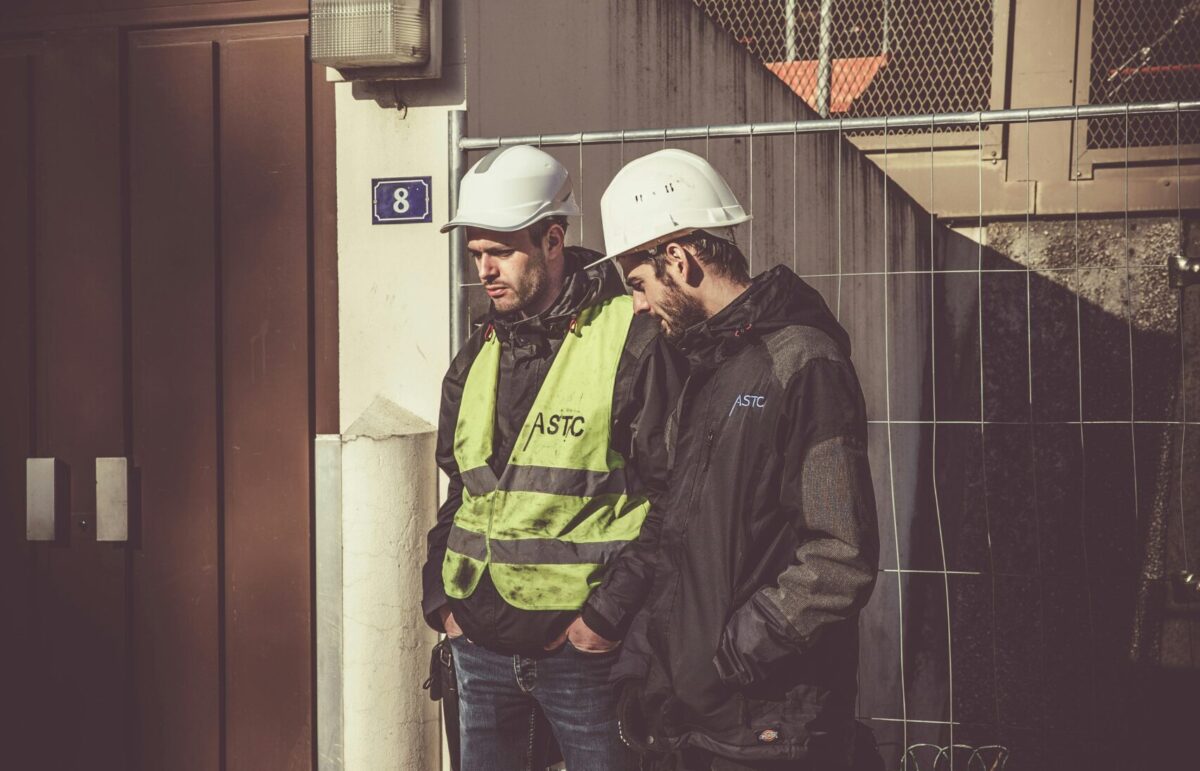AI Tools for Safety
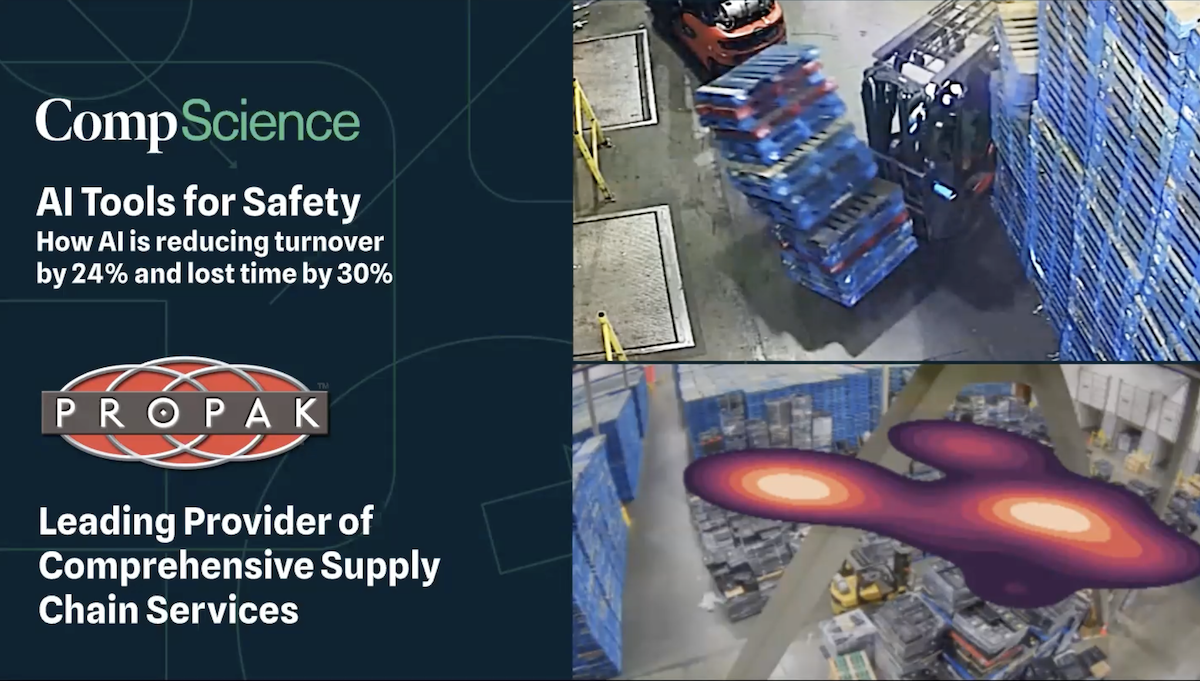
AI Tools for Safety: A Pre National Safety Council Webinar
AI is rapidly transforming workplace risk. Now, CompScience gives safety professionals tools to quickly report risk, train workers and measure improvements which we will demo in the Safety Tech Pavilion at the NSC Congress.
Join the webinar plus QA with CompScience CEO Josh Butler and Michelle McCurry, VP of Risk Management, Propak, a national logistics provider. McCurry will present a case study of how CompScience provided its safety solution that quickly reduced risk exposure at Propak.
Request a 1:1 Demo of CompScience
TRANSCRIPT
Thank you to all of you who are joining. Great to have you here. I guess I’ll start with you know, AI is on top of everyone’s mind today. It’s a technology that’s really transforming so many jobs. And I think specifically people are asking like, how can we do more with less? So Michelle’s here. She has a story to tell about how she drove some pretty dramatic safety and operations improvements.
Using the AI tools that we create here at CompScience. So thanks for being here, Michelle.
So I’m Josh Butler, founder and CEO here at CompScience. I’ve spent the last 20 years or so building AI based products. Most recently in self driving cars. My team at NIO was one of the first groups to get successfully certified by the, the National Traffic and Highway Safety Administration for on the road testing of fully autonomous vehicles.
When my father in law was permanently injured on the job, 5 years ago, I was inspired to take that technology from self driving cars built for the road and to apply it to workplace safety. And here we are today. I’m here with Michelle McCurry. VP of risk at pro pack certified risk management professional with over 2 decades of experience building risk management teams.
She focuses on both the human impact and the financial factors of safety and risk. And as a VP of risk at pro pack, she and her team are responsible for, a safety and risk at dozens of facilities and hundreds and thousands of employees. So thank you for being here, Michelle. I don’t know if you’d like to say hi.
Hi, thank you very much for inviting me to tell the story. Great, thanks for being here. So our mission at ComScience is clear. We build AI tools that safety professionals and operators use to save lives, to reduce recordables, and to provide immediate ROI. We do that with leading indicators with benchmarks and automated reports based on the richest data set that’s ever made available for safety.
Here are a few logos where our technology is used to help manage risk more effectively. Our clients are some of the top workers comp insurance carriers. We have the fortune 500 industrials as well, and many midsize distributors, manufacturers, materials, companies, pharmaceuticals, companies and retail companies.
Anything that generally has a higher level of risk in in an effort to make our technology. More widely available. Also, we do we do offer mid market customers who buy insurance through us. Access to our services built into the insurance policy for free. So if you’re not sure just have your risk team ask your broker if it’s available through them, you can work straight through them.
So what’s the problem we’re solving here? Too often, safety and risk teams feel like they’re playing catch up, like behind the eight ball, maybe reacting to the last major accident. Accident data is a trailing indicator whereas activities, hazards, and near misses, the things we usually observe with our own eyes and record manually, these are predictive indicators.
The problem is we don’t have enough time and resources to gather quality data in a comprehensive way. And this is where AI can really fix that. We can automate data collection using the video data. We can automate collection of risk activity data hazard data, near miss data. And then we can convert that into insights based on benchmarks that we’ve created here at CompScience.
So a little bit more on our product. The CompScience Intelligent Safety Platform uses AI to process existing video feeds to generate risk data for assessment, mitigation, active protection, and response to injuries. It’s privacy safe and doesn’t require any new hardware to be implemented. The benefits are across both safety and operations and engineering.
On the safety side we help break the reactive safety cycle. Like I was just speaking about with predictive analytics to prevent injuries. We help you get more budget for safety as well by measuring your impact on profit really quickly. We do this objectively with our analytics tools. And then finally, we can help you scale compliance across the whole company, especially if you have multiple facilities that you manage or that you’re responsible for.
We can help scale compliance across across many facilities at once. On the operations and engineering side we can help save a lot of money on unnecessary capital investments. We can improve productivity by reducing waste. It can also improve retention and morale by reducing stress and fatigue on employees.
So just a few of the benefits on both sides of the house here.
So today Michelle is here to talk about how it works in practice. Thank you so much for being here, Michelle. It’s so exciting to share your story. We know that many of our customers haven’t used AI tech like this before. So every customer relationship like ours with yours, with you is a partnership.
We start with a needs assessment and a pilot where we demonstrate the power of the product and that it works technically in your environment. For ProPAC the Hartford also provided resources for monthly risk reports. This is sort of where we, where we tracked the objective data that show the the opportunity, but also improvement over time.
We worked closely with Michelle and Brian, the regional manager in one of their facilities, among a few that we chose. And the Hartford Risk Engineering team also helped identify and align on the specific risks that we wanted to focus on mitigating. As a result of the bottom here, you can see we saw dramatic improvements in line of sight precarious load hazards and cargo falling.
These are largely on the powered industrial truck material material movement struck by risks in the facility. Those reductions that we saw in those in those hazards. Drove a very impressive reduction in lost time and turnover. And with that I’d like to share I’d like to pass this along to Michelle to share her story.
Thanks, Michelle. Thank you, Josh. I’ll tell you a little bit about ProPack. Go ahead and go to the next slide. Sure. ProPack is a member of the PLA family and company. Selectively, we have 85 locations across the US. We are a comprehensive supply chain solutions company. We provide transportation services, warehousing, new and recycled wooden pallet cells, onsite pallet management, freight brokerage and more.
Our safety program is very much driven by our operational leadership. I, and my team, we create a framework for our safety program, and then we work hand in hand with our operational leaders across the country to help them address their specific risks. We obviously have very broad services, so those can vary quite significantly.
As it’s probably the case with many of you listening for us. Data is key when it comes to investment requests. We have to back those with data. We have to be able to provide the and what science has allowed us to do is. Quantify the risk, and then also quantify the reduction of risk and basically provide the support that we need for the mitigation efforts that we.
Utilize so that we can provide that that data support for the investment request that we’re submitting. Thank you. Go ahead and go to the next slide.
So going back to the beginning of our engagement with plant science, so, our safety program has a pretty robust near miss reporting program. Our managers are accountable for a lot of different leading indicators near miss. Reporting being 1 of those, we have a lot of data in that area. We also have a lot of data in our last reporting and what we were finding was.
Those 2 data sets didn’t really line up necessarily. So we knew we had. Some gaps in our visibility to what was happening in our production environment. So, we teamed up with the Hartford, our workers compensation insurer. We have a large deductible policy, so there’s some shared risk there and we looked at some different options.
To gain that visibility, and we were focused on technology options. We looked at a few different wearable options. And we looked at compliance and 1 of the priorities that I kept in mind throughout this process was that. There were limited resources within my team. And they’re also limited resources within the operational team on site.
So, it was really important for me not to. Add a bunch of additional tasks that needed to be done in order to collect the data that we would then use to add additional tasks in order to reduce the risk. So, I wanted to get the data that I needed in the most efficient manner possible. And sometimes it was really just the clear choice in that.
We were able to get that data without. Without really having to work for it. In the year or 2 leading up to our partnership with pump science, we had invested quite heavily in new camera systems in all of our facilities. So, we had these really great cameras that were high definition. They were web based.
We were able to log in and utilize them for safety. But the way that the way that typically worked was that. You have an event reported. And you go search, and you go find that event, and maybe you find it, and then you’re able to kind of dig in and figure out what actually happened. And with comp science, we’re really excited that we would be able to really maximize the investment that we’d already made in cameras and have some of that information pushed to us, but also get visibility into.
All of the, the risk that was happening in the facility and be able to quantify that risk.
Go ahead and for the next slide.
So, once we made the decision to move forward with comp science we started the implementation process. It was very straightforward. The. Initial process of tapping into our camera system. Was very easy, the science. Folks talk to our folks and be on site management. And what I remember most about that process is that I wasn’t involved in it at all.
I didn’t have to do anything. It was just kind of magic. They made it work and everything kind of tied together. We did provide a facilities map, which our folks had with the cameras in place. Listing of cameras video and then between us in the Harper, we provided our law history. And then they were able to set up our accounts from there.
Very, very simple process go ahead and go to the. So to talk about the findings when we got the 1st report and we have a meeting to go over the report. The categories of risks that were identified were not that surprising. We’re familiar with our operations. We, we see these risks. We see losses associated with them.
So that was not unexpected. However, the frequency of the risk that that leads to those events was. Very eye opening see a few numbers here material handling operations, 14, 000 events. That’s a number that I’ll jump off the page at you. And I will say that that was over several weeks.
Doesn’t work those multiple shifts, but it’s still just a very eye opening number. And then cargo falling that that is something that happens in our facilities. We have stacks of pallets. They come to us in varying. Conditions, and some are more prone to falling than others. So it happens, but having 133 of those in a few weeks time.
In one facility was, unexpected, so we knew that we had some pretty clear. And areas that we needed to focus on, and we also knew with some of the events that we were able to take a specific look at. That would clearly be considered near misses. Not everything was being reported that we would consider to be in your myth.
So it helped us understand where some of those gaps were coming from a couple of the reports that were really meaningful to us. 1, where the heat map, so we got to see all the hot spots in our facilities. And there was 1 in particular that was like, a super hot spot is where a significant number of.
Our line of sight events were happening, and that’s just when a forklift is operating. In forward with the loads, they have limited visibility. That was where the majority of our, our hazards were being categorized as. So we knew that that was an area we need to focus on and then also these riskiest time of day activity charts.
Which were a little surprising for me, I will say, you can see the examples of kind of the before and after. Where what my experience would tell me, and what our loss data would tell me is that. We have a higher level of risk on our 2nd shift and our weekend shifts than we do in our day shifts. And there are a lot of reasons for that.
But I was very surprised when we saw the 1st report to have. A lot more events happening during the day during the week. Then we were having on that 2nd shift that was not something that I would have expected to see, but it did tell us that. We had some very specific. Areas that we could focus on to help reduce that risk.
And being able to see this visually. And you could almost see kind of the gear shifting our minds. And during these meetings, it was myself and the science team and the Harper teams, along with the operational leadership, both on site. And at the regional level and we knew very clearly where we needed to focus our efforts on the mitigation strategy.
And move to the next.
All right. So let’s talk about some of those risk mitigation strategies. And I would just say to start that. We had our 1st discussion and we talked about some strategies, but. There were strategies that were implemented throughout the entire program. What is really great about this process is that you’re able to identify specific areas that you need to focus on.
You’re able to then come up with actions that you can put in place to address that risk. When you get the next report, you can see what the impact was of the strategies that you put in place. Know if you’re moving in the right direction, and then determine the next strategy, continue with what you’ve got, employ new strategies, move forward.
So you’re able to see the impact of what you’re doing from 1 report to the next, which is really, really helpful. The 1st thing we did that continued throughout the program that continues today. Is incorporating the event videos and photos into our training both from employees and supervisors.
So we have all this new knowledge. We have this data. We have it in an aggregated format that now we understand we need to share that we need to make sure that that is being communicated to the people that we need to change behavior or that we need to understand why we are having the events that we’re having.
So that that was the 1st thing was just communication and incorporating the information into the training. Another strategy was, this is going to sound really obvious. So. For all the safety questions on the call, you know, you don’t operate a forklift moving forward with a load. That’s not a new policy as a result of this program.
It’s always been a policy, but we do have some areas in our facilities where. They move forward in order to load on to a line or on to a conveyor and in those areas, they’re, they’re moving forward. So, what we see and found what’s happening very frequently as a part of the program was that. They were extending that to where it wasn’t just to load.
It was happening for several feet. A dozen feet beyond where they needed to be moving forward and the, the process of. Understanding from the operators. In each of the different areas, and why they felt that was necessary and the alternatives to that, how we could change the process to make it safer.
And then to create clear boundaries where. They could not move forward. That clear expectation to how many feet in front of those lines that can move forward helped us to adjust that behavior and reduce these events. We painted lines throughout the facility. We added mirrors for visibility, additional mirrors.
For cargo falling we had, we identified a lot of different root causes when a, when a pallet falls or a stack of pallet falls, there can be a myriad of different reasons that that happens. We did find that certain pallets. Are more likely to fall in others and limiting the pallet heights on those that are more at risk for that was 1 of the things we were able to do.
And then also some of the behaviors that make that greater risk are also things that we focus on as well. And then going back to what I started with, it’s just the communication. At safety is part of our culture. It’s embedded from. The executive discussion down to the safety topic discussions that happen every week in our facility and all of the, the meetings that happen in between.
And this just became 1 more topic of conversation in those discussions. And this facility, they could talk very specifically about. The, the events that were happening, the priorities related to this program. And then where their numbers were at, and it just became understood that we wanted to see those numbers going down and that was part of the everyday conversation.
All right, let’s go ahead and go to the next slide.
All right. And as Josh mentioned, there were a lot of really great results that we saw in this facility line of side events coming down 73 percent and that’s what you’re seeing here in this chart. And you can see that the measures that we put in place at the beginning had a really significant impact and and then we did have to kind of work a little harder for it.
There is we’ve got towards the later period. But we did see really significant impact and continue to see those numbers go down cargo falling events drop at 71%. Turnover, obviously, there’s a lot of things that go into turnover. Safety is a really key piece of that facility. It reduced 24 percent year over year.
And last time in dark rates reduced 50 percent year over year, which is this huge. So that those were the big quantifiable results from this program. But I’ll also just say that I think one of the the results that you can’t quite put a number to is just the, the the shift in the mentality of being able to see the reduction in risk.
In numbers and data and seeing that in reports has shifted the way not just I and my team look at risk, but also the operational team with this location, but also, the operational team from the region from corporate as well, so it’s made a pretty significant impact in the way we think about risk.
Which is a pretty big deal. All right, back to you, Josh.
All right. Thanks so much. Thanks for sharing your story. So I think maybe people on the call would be asking sort of how does this work now? 1st point is there’s really no need to install any new cameras. If you want to install more cameras, you can for better coverage. But generally, most of our customers already have better coverage than they realize.
You might have seen that too. So customers just upload some video data from their existing systems. We process that data in the cloud securely and privately with our AI based detectors. And then we share that data back to you in the form of reports and access to the app that Michelle was talking about.
That’s really all it takes. That can be done in a matter of weeks.
We’ve built 22 different predictive indicators across five key categories of risk. This is by far the most comprehensive suite on the market. We’ve been at this for quite some time now. We cover about 90 percent of the causes of risk for most of our customers. And these are all available outside out of the box.
This covers the activities, the hazards and also near miss tracking. And not just the 1st 4 here on the left. Those are all you know, personal injury related the 1 on the right actually tracks product damage as well. So we can we can track product damage impacts as well.
I’d like to close with some words from our clients. You’ve heard from Michelle, but also same day delivery. I mean, I saw a 23 percent reduction in and saved.
Over 300 K on their next policy renewal. There’s also peerless Haley over there saw some tremendous results that they saw over a 50 percent reduction in dart rate, truly impressive. And then Scott Gerlinger at Gerlinger Steel he was recently featured on Fox News last month about how he, he used our AI tools for for assessment and and accident investigation as well.
Just a few examples of some customers and the impact that they’re receiving. And with that, I want to thank you for time that you guys have spent with us today to learn a bit more about AI tools for safety. Thank you, Michelle. Thank you so much for sharing your story. I just want to say, like, now is the time to get on board with this movement.
These AI tools that we talked about today can and will prevent over 2 million injuries in the next decade. So I’d encourage you to reach out for a personal demo. You can take down this link here to sign up for a free risk assessment. And we’ll also be at the National Safety Council Congress in New Orleans.
Great time of year. It’s next week. We’ll be there all week. So with that, I’d like to open up for questions.
Looks like we’ve got one here. The question is was it hard to get approval internally? I think this one might be for you, Michelle. Was it hard to get approval? And were there any, like, privacy or legal or union concerns? The approval was not difficult. The approval went through our operational leadership and our executive team and was not challenging.
We were fortunate that we we worked in collaboration with the Hartford which made that process quite a bit easier. And we did not have privacy legal. And concerns there’s agreements in place and we’re not union there.
Any other questions. I see another one. This one might be more for me. It’s what if we want to detect something that wasn’t on the list that I shared? We are always… Creating more detectors. You know, there’s sort of a long tail here of of hazards that we, we can currently detect and ones that we still want to detect.
So we’re always adding more. And if there’s anything in particular that a customer is looking for, for, you know, a new environment that we haven’t worked in yet, or something we haven’t got to yet, we’re definitely happy to prioritize the development of those. It’s getting faster and faster now with all the tools available for, for building AI.
So
any other questions?
Okay, we got a few flooding in here. Let’s see. Thank you, Xenia. She says, can you explain how you compare to other solutions? Sure. Okay. So one the fact that there’s no hardware to install means we can implement literally in a matter of days or weeks. And we don’t have nearly as many hurdles with it as as a hardware solution would.
So that’s number one. Two. And I think Michelle spoke to this. Our philosophy is to get proactive with risk and to work on systemically eliminating risk. From facilities, and you heard Michelle talk about training policy changes and also some simple changes, like putting lines on the on the pavement or our mirrors up above.
So these are engineering changes that can engineer the the risk out of the environment. We focus on on those kinds of systemic risk. Which really require a level higher of analytics than what you can get from from other solutions on the market. We’re not just sort of. Recording when things happen.
We’re also looking at the trends and we’re looking at the we built these predictive indicators to help, help compare your facility and benchmark it versus others. Those are a few things. We’re, we also are the most comprehensive. We have more, more detectors than anyone else out there.
Let’s see here. There’s 1 about do we have integration with other software reporting tools? We actually do use a variety of sort of data science or reporting tools. And we can export data in a format that can be used by by most tools, CSVs, Excel files, things like that. So that one’s pretty easy to do.
We have another question here. Has it reduced your insurance premiums yet? That might be to you, Michelle. I will say that we’ve reduced injury rates on average by 23 percent across all of our insurance clients. And we do, we are, we have been able to provide 10 percent plus reductions in insurance premiums upfront before people have even adopted it.
But I don’t know if you’ve seen any impact on your insurance premiums, Michelle. For us, not so much on the premium side but we are a, a large deductible policy, which we, we share a lot of the risks with our insurance carrier. So every injury that we prevent, we are saving money. So we have definitely seen a savings when we look at 50 percent reduction rate, restrictive duty and that kind of thing.
Thank you, Michelle. We have a question. Are the detectors being updated periodically? Yes, and customers automatically get the latest versions of the detectors automatically. So, absolutely. This is a fast moving space and we’re getting much better all the time. Then on, thank you for the question, which standard OSHA or NEBOSH does the AI benchmark for for noncompliance?
We, we went through mostly OSHA standards when designing our hazard identification. We have actually had to develop some of our own as well using various different studies, CDC. NIOSH OSHA, and also just some academic work to better understand ergonomic risk. There’s a tremendous amount of opportunity in ergonomic risk here.
We didn’t speak to it much today, but major gap in understanding risk that leads to actual injuries and ergonomics, just given that there’s often not an acute event that causes an injury. On top and and that’s made it very difficult for anyone to generate large data sets. So we actually have done some, some new work in that space making risk measurement in ergonomics a lot more robust and and predictive.
Thanks, man. Let’s see here. Another one. How does an initial successful program grow into more safe practices over time? Do you want to speak to the flow, Michelle? You’re like me too. Yeah, we’re kind of in the middle of this. I think what we saw when you look at the reduction that we had overall in injuries, you know, that was cumulative for the facility.
So, I think just the, the increased conversation, the increased training, the increased focus and buy in that we got from employees, ultimately, it wasn’t just. Work with behaviors and cargo falling prevention. That was the topic conversation. It was ultimately how can we be safer and everything that we do in the facility.
So, I think that just your point that that conversation helps. Direct the focus of every employee and ability and ultimately it grows and we saw that just with the sheer volume of the reduction that we’ve had with injuries. Thank
you. Right. Well, that’s all the questions we have for today. So with that, you know where to reach us. I’m josh at compscience. com. We’ll distribute the materials in this recorded session afterwards. For those of you at NSC, we’d love to meet you in person. It’s a unique opportunity to really get to see people face to face.
Oh, but before we break, I’ve got one more question here. How secure is the platform using cloud over hardware? Thank you. Great session. So a couple of points here. One is we’re using AWS and industry leading encryption. So AES 256 encryption for all data that’s in transit. And we’ve gone through a number of cybersecurity audits just to ensure that You know, there are no exposed vulnerabilities and all that.
So definitely always a question from customers and something that we, you know, given the all the different global 2000 fortune 500 and sort of large industrial manufacturing clients, we have something that we take very, very seriously. And with that well, we got one more. Do you have SME reviewing findings and analysis?
Great question. Yeah, so data is sort of like the first layer in what we provide the data coming from the A. I. Is the first layer. Then we, we do later on subject matter expert analysis to help Michelle contextualize what the data is that we’re that we’re that we’re reporting. And we even do recommend specific.
Thank you. risk mitigation tactics. And we do partner with you to help make sure that you’re getting the value out of the data. I don’t know if you want to add any color to that, Michelle, from your perspective. No, I think you, you hit on it. Yeah, but there are when you have the calls to go over the reports, you certainly have your team, but then there’s probably 4 or 5 individuals from science that you have account person, but then there’s multiple experts on the call as well.
Provide context throughout the report. Great, well, thank you so much Michelle for being here. Thank you. Your story really, it probably rings true for many people. Oh, we got one more. Any constraints and locations that you sell into? Yeah, no restrictions. The only restriction would be if there was like a trade restriction.
Which no issues in, in South America or Asia. So yeah this is some, that’s one of the great things about this technology is you can, you can roll out across, you can roll out globally. And we we have translated the the software into, into other languages. So as needed, we can do we can add more languages.
So great question. Well, thank you. They keep coming. They keep coming. Let’s see. What about integrating with live camera feeds from ring, etc? Ring is an interesting one. It’s an example of a pretty closed system. If you would export the video from ring, then we can process it. And I know that you can export short clips from ring.
I’d say if you’re looking for. Looking to do sort of a comp scores risk assessment we could actually use that video for that. But for a broader risk reduction program and scaling more broadly, we’d want to have another kind of system in place, something more like a CCTV system, like what what most companies have today.

